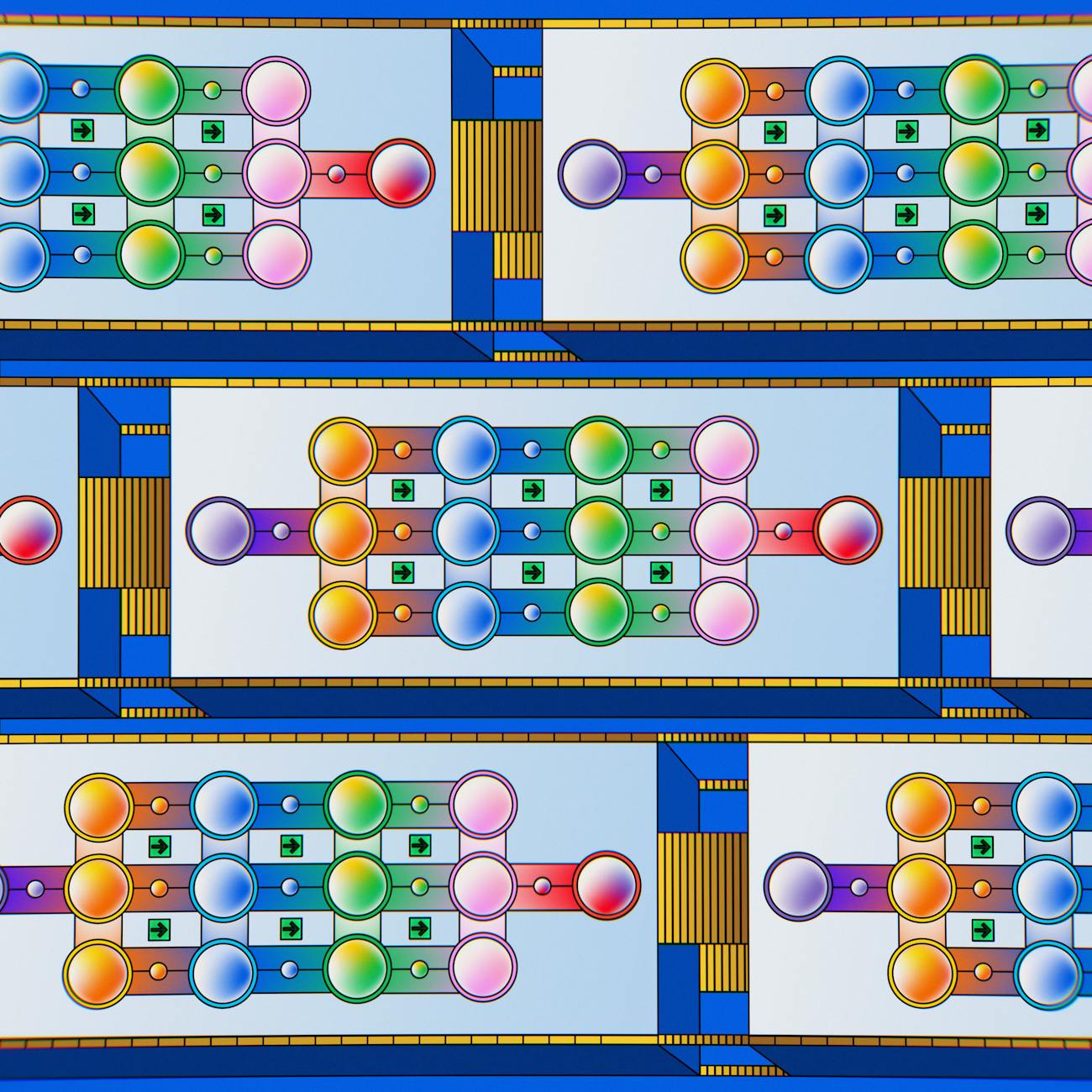The burgeoning field of blockchain technology faces a significant challenge: interoperability. Different blockchain networks operate in isolation, hindering seamless data exchange and collaboration. This article explores a promising solution: cross-chain state synchronization using zero-knowledge proofs (ZKPs). We will examine how ZKPs, with their ability to verify data integrity without revealing the underlying data itself, can facilitate secure and efficient synchronization of state information across multiple blockchain networks. We will delve into the technical mechanisms involved, the advantages this approach offers, and the potential challenges and limitations. The discussion will cover the core concepts of ZKPs, their application in cross-chain communication, and a comparison with alternative approaches. Finally, we’ll consider the future implications of this technology for the broader blockchain ecosystem.
Zero-Knowledge Proofs: The Foundation
Zero-knowledge proofs are cryptographic tools that allow one party (the prover) to demonstrate the truth of a statement to another party (the verifier) without revealing any information beyond the statement’s validity. This is crucial for cross-chain synchronization as it enables the verification of state information across different networks without compromising the privacy of the data itself. Several types of ZKPs exist, each with its strengths and weaknesses. One prominent example is zk-SNARKs (zero-knowledge succinct non-interactive arguments of knowledge), known for their efficiency and scalability. ZKPs ensure that only the validity of the state is shared, not the specific data, thus maintaining security and privacy across participating blockchains.
Mechanism of Cross-Chain Synchronization
The process involves generating a ZKP that proves the validity of the state on one chain. This proof is then relayed to the other chain, where it can be efficiently verified without revealing the underlying state data. Consider a scenario involving two blockchains, Chain A and Chain B. If Chain A needs to update its state based on information from Chain B, Chain B generates a ZKP proving the correctness of its state relevant to the update. This proof is then transmitted to Chain A. Chain A’s smart contracts then verify this ZKP. Upon successful verification, Chain A updates its state accordingly. The efficiency stems from the succinct nature of the ZKPs; the proof is significantly smaller than the full state data, resulting in lower transaction costs and faster processing times.
Advantages and Benefits
Employing ZKPs for cross-chain state synchronization offers several key advantages. First, it enhances security by ensuring that only the validity of state information is revealed, not the sensitive data itself. This prevents malicious actors from exploiting vulnerabilities and compromising the integrity of the system. Second, it promotes interoperability, allowing different blockchain networks to communicate and exchange information seamlessly. This is vital for the development of a truly decentralized and interconnected ecosystem. Third, ZKPs significantly improve efficiency by reducing the bandwidth and computational requirements compared to traditional methods of cross-chain communication, leading to faster and cheaper transactions.
Challenges and Limitations
Despite the numerous benefits, some challenges remain. The generation and verification of ZKPs can be computationally intensive, particularly for complex state transitions. The complexity increases significantly with the size of the state. Furthermore, the integration of ZKP technology into existing blockchain infrastructure requires substantial development effort. Choosing the appropriate ZKP scheme is also critical, as the effectiveness of the synchronization process depends heavily on the chosen scheme’s characteristics like efficiency and proof size. Finally, the security of the entire system relies heavily on the security of the ZKP scheme itself and its implementation. A compromise in this area could have severe consequences.
Comparison with Alternative Approaches
Other methods for cross-chain communication exist, such as atomic swaps and sidechains. However, these approaches often lack the privacy and efficiency offered by ZKPs. Atomic swaps, for instance, require a complex two-step transaction, increasing costs and latency. Sidechains can introduce scalability and security challenges if not properly implemented. This table summarizes the advantages and disadvantages:
| Method | Privacy | Efficiency | Complexity |
|---|---|---|---|
| ZKPs | High | High | Moderate |
| Atomic Swaps | Low | Low | High |
| Sidechains | Moderate | Moderate | High |
Conclusion
Cross-chain state synchronization via zero-knowledge proofs presents a powerful solution to the interoperability challenge in the blockchain ecosystem. We’ve explored how ZKPs allow for the verification of state information across different blockchains without compromising data privacy. This approach enhances security, promotes interoperability, and improves efficiency compared to alternative solutions. While challenges related to computational complexity and integration remain, ongoing research and development efforts are addressing these issues. As ZKP technology matures and becomes more widely adopted, we can expect to see a significant increase in cross-chain collaboration and a more interconnected blockchain landscape. The advantages of increased security, enhanced efficiency, and improved interoperability outweigh the current challenges, making this technology a promising area for future development and advancement within the blockchain space.
Image By: Google DeepMind
https://www.pexels.com/@googledeepmind






